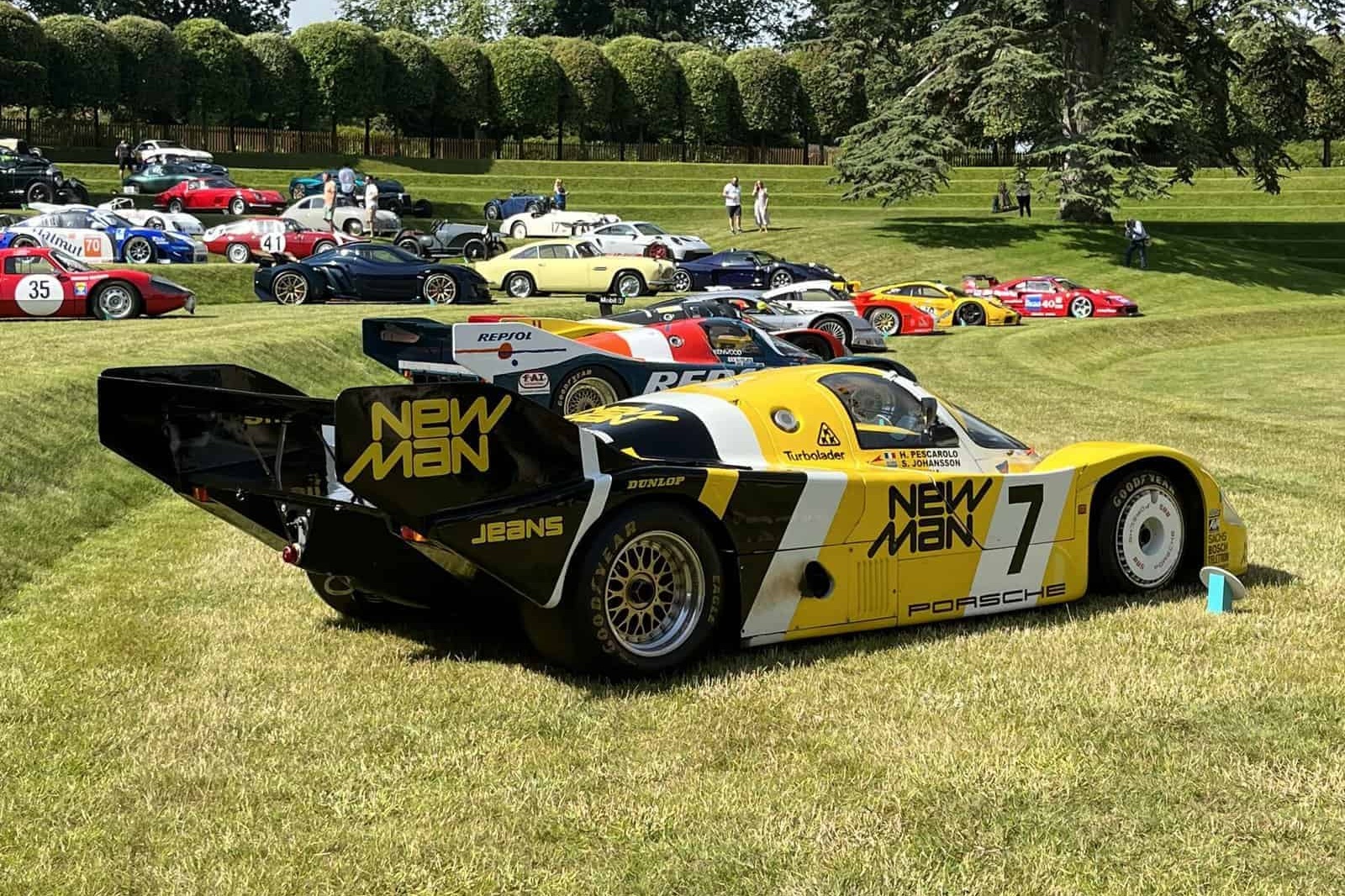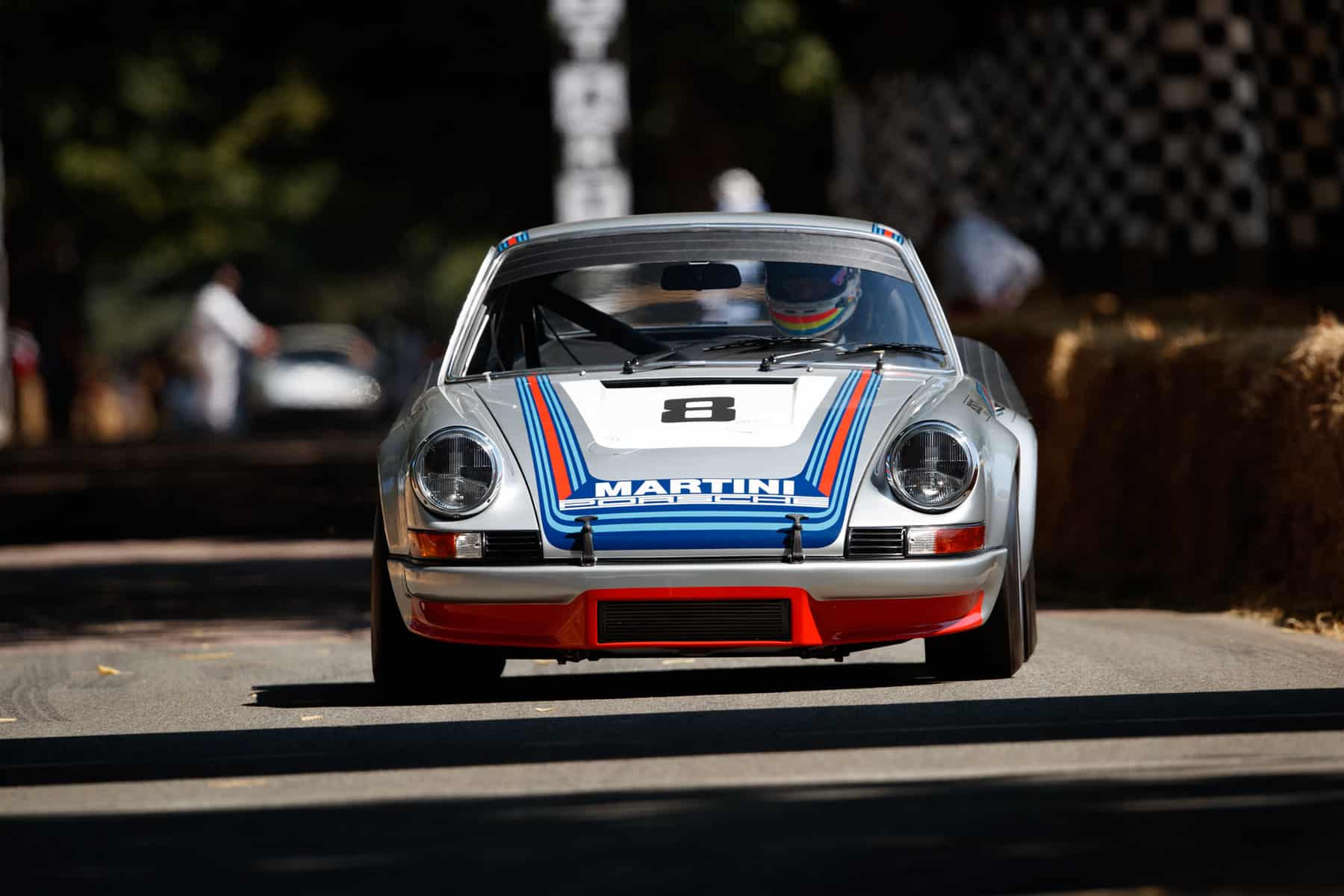How to Win Le Mans 24 Hours …
Or, how to go home early
WORDS & IMAGES BY: PETER STEVENS
Peter Stevens is one of the world’s best-known and most sought-after automotive designers. He is a consultant designer who is committed to the vital importance of design education. Alongside his consultancy, he lectures internationally and was until recently Visiting Professor at London’s Royal College of Art. Professor Stevens is well known as the designer of the acclaimed McLaren F1 road car which marked a paradigmatic shift in high performance car design. Produced between 1993 and 1997, the car remains extraordinarily influential.
There is something about the one-hundred-year-old Le Mans 24 Hours that is like no other race. Even after disaster, it drags one back to give it another go. I don’t mean as a spectator – twenty-four hours of never being quite sure what is going on is not for me – but as part of a team. It is addictive.
After the first time at Le Mans, it seemed that it would be easy to talk myself out of ever going again, but a further eighteen visits gave me a good idea of what was needed to win this exhausting race. “Easy,” I often say. “Just put petrol in, replace the tires, and stay on the road. That is all you have to do.” The hard bit is making sure that this is all you have to do. And occasionally, that is all the winner has indeed had to do.
To be taken seriously in motor sport, you need to have a huge amount of self-belief and an ability to entice money from sponsors. My great friend Richard Lloyd had both those requirements, plus an iron will coupled with great charm. We first teamed up to race a Chevrolet Camaro and an Opel Commodore during the early 1970s, Richard doing the driving and me doing all the organizational and tactical stuff. The Camaro was a frequent winner in the British Saloon Car Championship. But a decision by Richard in 1977 to buy a brand-new VW Golf GTi was the start of our road to Le Mans. We modified it so well that we won the Up To 1600cc class three times in a row in 1977, 1978, and 1979, when we were also second overall in the Championship.
The next step up was for Richard to buy a Porsche 924 GTR in 1981, with the objective of racing in the European Sports Car Championship and – our real purpose – to race at Le Mans. The Porsche factory had run three 924 GTRs at Le Mans in 1980, so it seemed like a good plan. Chassis number BS720006 was one of the first customer cars sold and with Canon sponsorship we were set for Europe. It was quickly competitive, coming second in the GT class at the Monza 1000km, the Silverstone 6 Hours, and the Nürburgring 1000 km races. A good performance at Le Mans seemed possible.
Instead, Le Mans was a disaster – a new factory-fitted engine had a continuous boost control problem. When the car set out down the long Mulsanne straight, the boost gradually disappeared. Tony Dron, who had raced a factory 924 in 1980 and was sharing the car with Richard Lloyd, was very frustrated. The factory decided there was something wrong with the engine and gave us a second “works” engine that had the same problem as the first.
Dron described how, on the Friday before the race, “I went to the new boss of Porsche, Peter Schultz, and gave him a stern talking to, but I couldn’t get a result!” Dron’s annoyance came from the fact that we were only able to qualify 56th out of a field of just 55 cars that were allowed to start. We missed the cut by one-tenth of a second over a plus-four-minute lap – 4:19.910 for the Almeras 924, and 4:20.010 for the Canon car.
In truth it was probably a good thing that we didn’t qualify for we were hopelessly unprepared for the 24-hour race! We had not realized that you needed a separate timing crew at the signaling pits at the exit of the Mulsanne Corner with their own caravan or tents and a supply of food and drink to sustain them for the whole event. The old Le Mans pits were just an empty concrete box that smelled strongly of urine, and you had to build your own tables and timing stand. This was connected to the signal pit by a vintage hand-cranked telephone. Properly equipped teams had radio connections, but the signal strength was hopeless unless you built your own hundred-foot aerials behind the pit and out in the country! And of course, five mechanics, Tom (the local Silverstone postman), our “truckie,” who looked after all the wheels and tires, and I were never going to survive twenty-four hours of racing. We had a little motorhome for the food but with no place for the drivers to rest between stints. We were, as I say, hopelessly ill prepared!
When I got back home to England, I wrote myself a letter to be opened at the start of 1982. It said, in capital letters, “DON’T GO BACK TO LE MANS,” but of course we did. We also had the start of the ’82 season to complete before that. Suddenly the pain of Le Mans was replaced by winning the GT class at Brands Hatch in September ’81. At the beginning of 1982 we had a couple of DNFs (did not finish), at Monza where the car overheated, and at Silverstone, where it was delayed with electrical problems in the pits. May’s Nürburgring 1000 kms race was a great class win. Not only was the car first in GTU, it was also a remarkable fifth overall, the highest place any 924 would achieve in the racing life of the car!
During the winter, we had developed the car as an IMSA GTU model. The regulations allowed us to make numerous improvements following a few wind tunnel sessions at the MIRA full-size tunnel. We were optimistic for Le Mans. And we took a signal crew – a group of my automotive design students from London’s Royal College of Art. These included David Wilkie, who went on to be a senior designer at Bertone after running the Ghia Studio in Turin; Steve Murket; who became a very senior designer at Porsche; and Ken Melville, who became number two at Renault’s studio outside Paris. All petrol heads!
Once again, in practice a piston failed in the works engine! After “discussions” with Porsche, a replacement engine was found. Despite having allegedly run for six hours, another piston broke, but the engine was repairable. However, once again, with so little running, we were 56th fastest and resigned ourselves to going home on Saturday. But, mysteriously, early on Saturday morning Alain Berteau, the Le Mans boss (Directeur Technique de l’ACO), quietly approached me and said “Peter, do not pack up and leave, be with your car behind the pit lane entrance door to the circuit at three thirty.” When I asked what this meant he just tapped his nose and said, “Just be there with the car and be ready to race.”
Unbeknownst to us, the Harley Cluxton team running a Mirage-Ford prototype, with the Andretti father and son driving, was to be removed from the grid shortly before the race was to start. The car of Mario and Michael Andretti was disqualified because of an oil cooler located in the incorrect position behind the rear bodywork. The car had been given a scrutineering ticket earlier in the week with the proviso that the oil cooler was moved. When the team failed to do this, a scrutineer disqualified the car on the dummy grid. A large group of Gendarmes made sure the car was pushed away and we were ushered into the pit lane to start from there in 55th place. We inherited the Andretti pit, and a bunch of very angry Americans who demanded that we pay a fortune for all their wooden pit furnishings! Our charming finance man Graham White persuaded them to accept a reasonable four hundred dollars, and we slowly carried all our gear into the space over the next hour. I was doing the timing while standing on a stack of three tires with a stopwatch and notebook.
The car ran really well until around eleven o’clock that night when our signal crew made up of my automotive design students reported that it had stopped right by their camp. A prop shaft bolt had failed. To get a signal to us in the pits, Andy Rouse had to climb on to the earth bank away from the car. Technically he had walked further from the car than is allowed, ten meters, and we were considered to have withdrawn. It was my task to go to Race Control and officially withdraw the car. But Alain Berteau again touched his nose and said “No your car is not withdrawn, come back to me a little after midnight and formally withdraw the car. Then you get your starting money.” Back after midnight and we got our money; before midnight and you get nothing!
In 1983 Richard and I flew across to Zuffenhausen where Richard handed over a briefcase containing Canon’s money and, as simple as that, we bought a Porsche 956! We were told that the car was down in the lower garage and were handed a key. We went downstairs, got in the car, and Richard drove it out into the yard where I quickly put on Canon stickers and yards of red “Fasson” sticky material. To help keep our sponsors happy, I had decided to make illustrations of the car at most events (a few of these accompany this story). Just two years later we spent twenty-four hours chasing the Joest “New Man” factory-supported Porsche 956 with our Canon 956 driven by James Weaver, Jonathan Palmer, and Richard Lloyd. We came second because, as I discovered many years later, we had a 2.6-liter customer engine while the Joest car had a factory 2.8-liter. But more importantly, all that team did was change tires and put in petrol (the way to win Le Mans), while we had to change the Motronic control box – a six-minute job which put us one lap behind. But second place seemed pretty good to us as a small, private team. And Tom still looked after the tires!
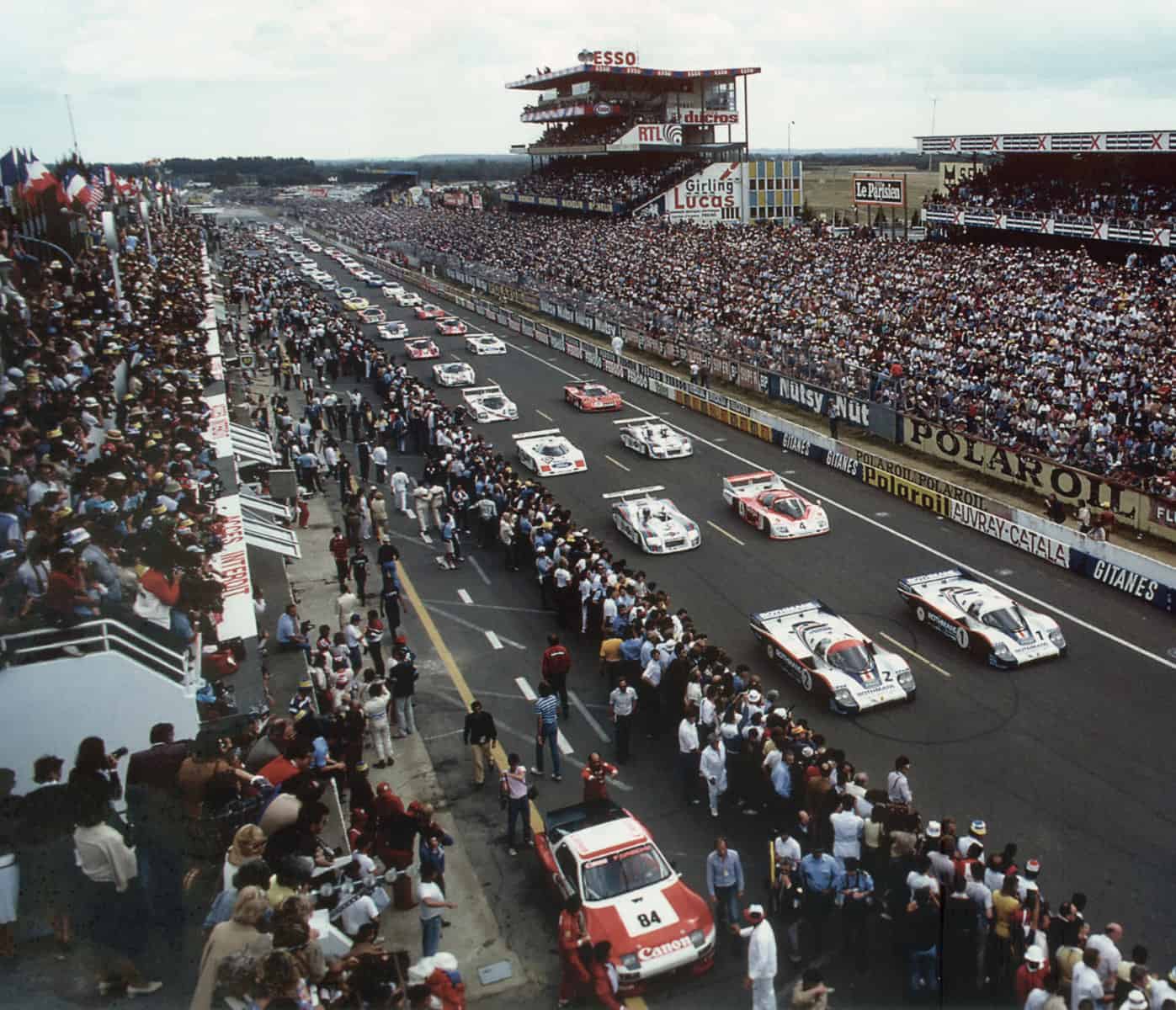
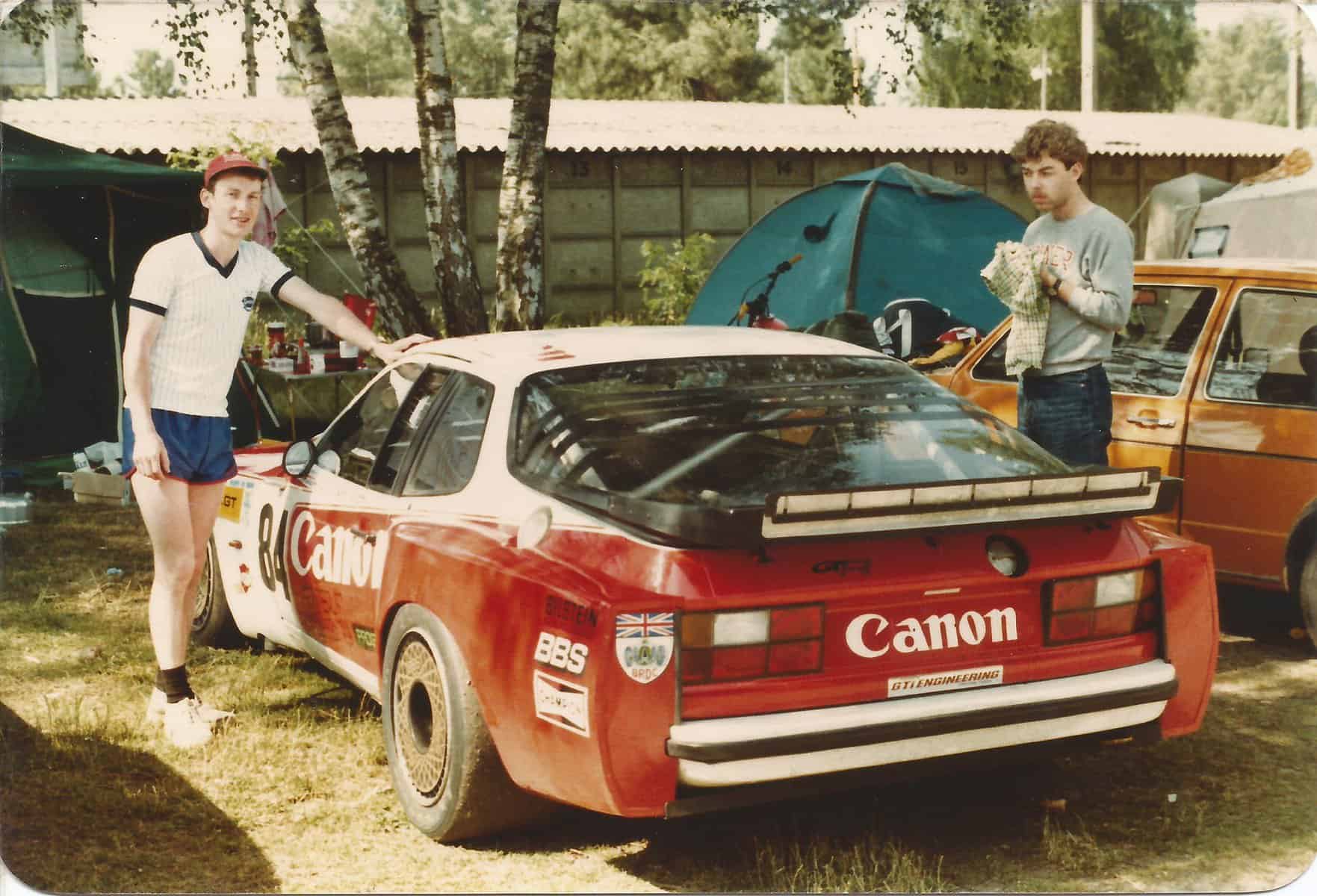
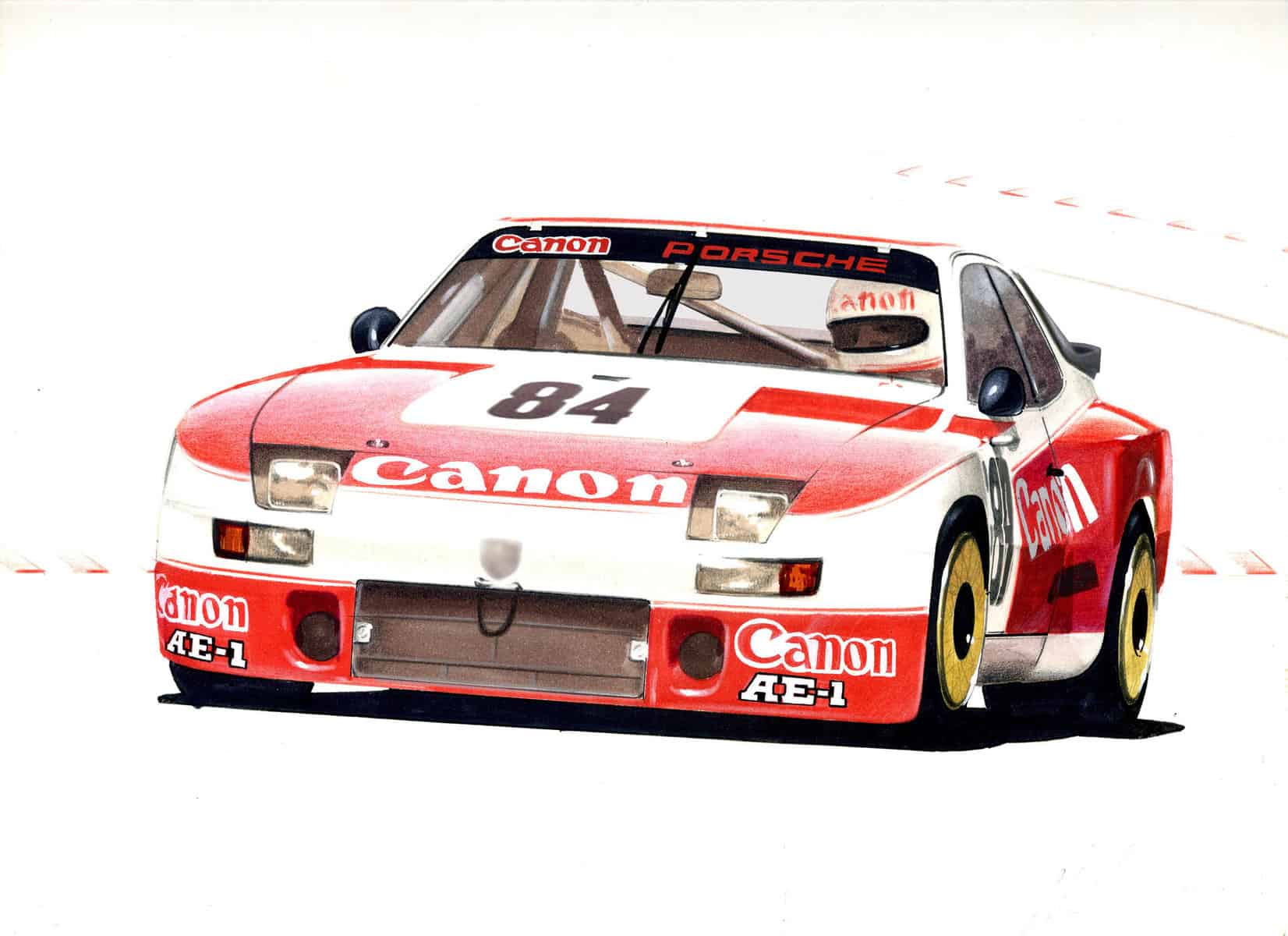

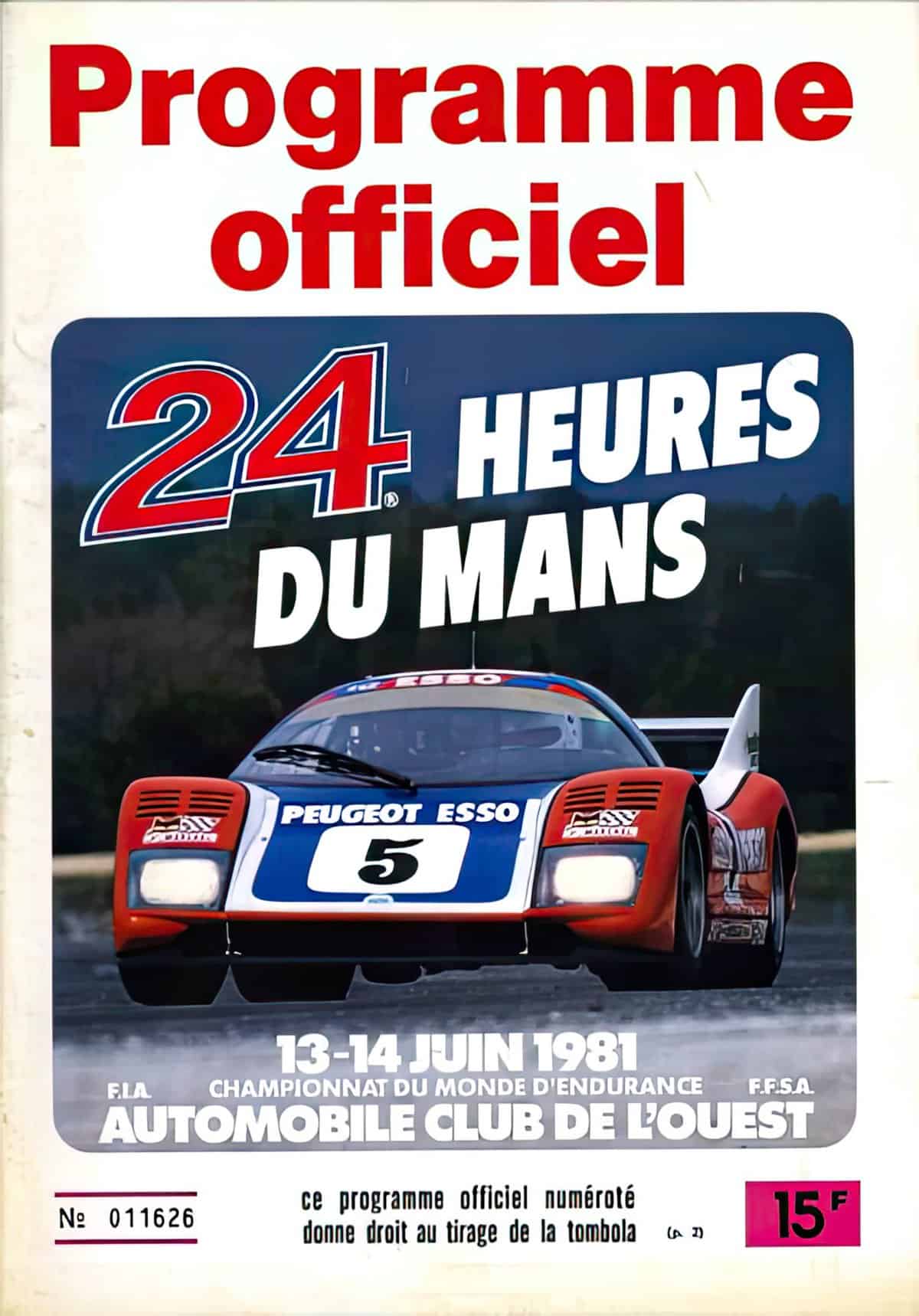

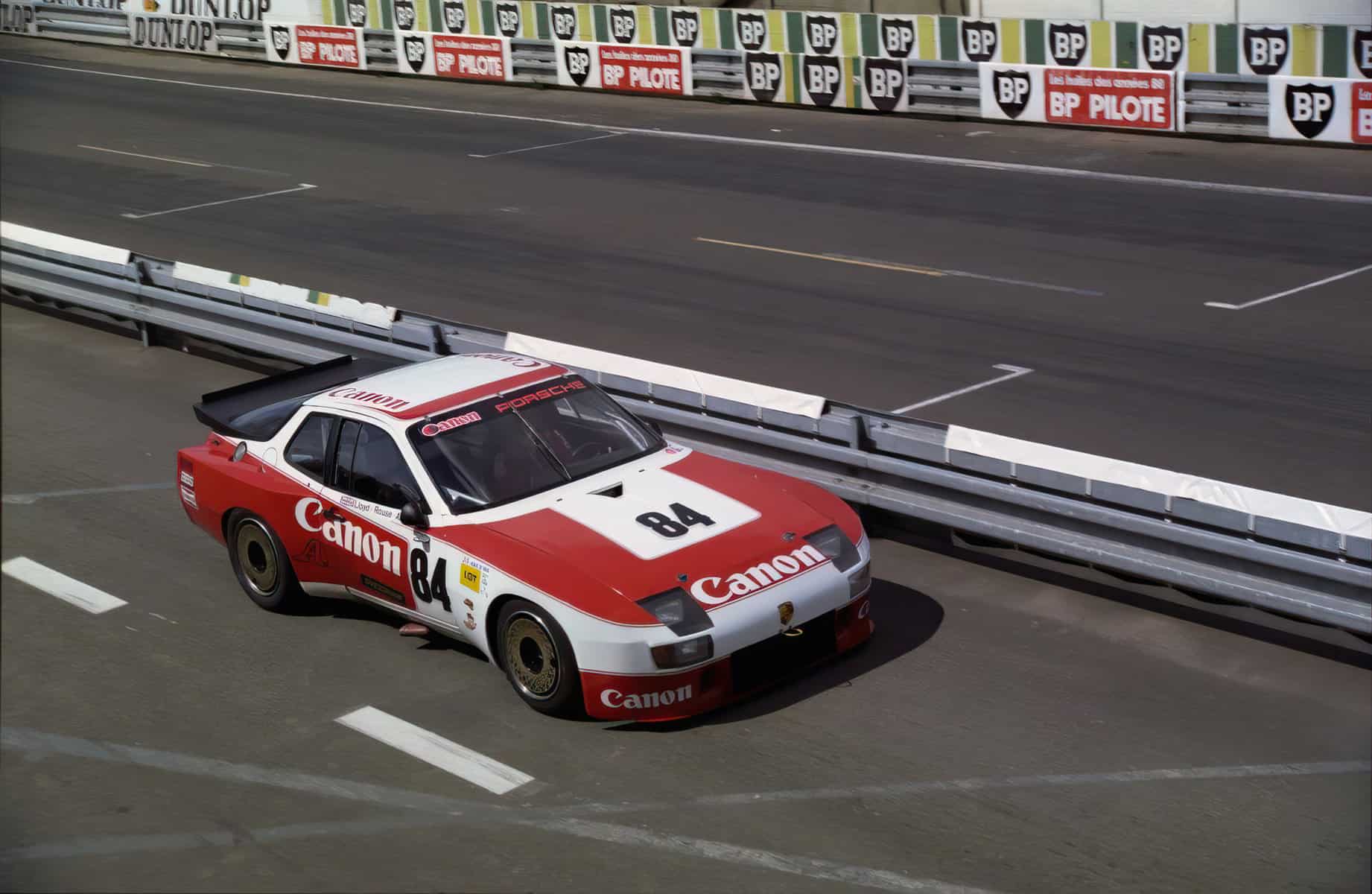
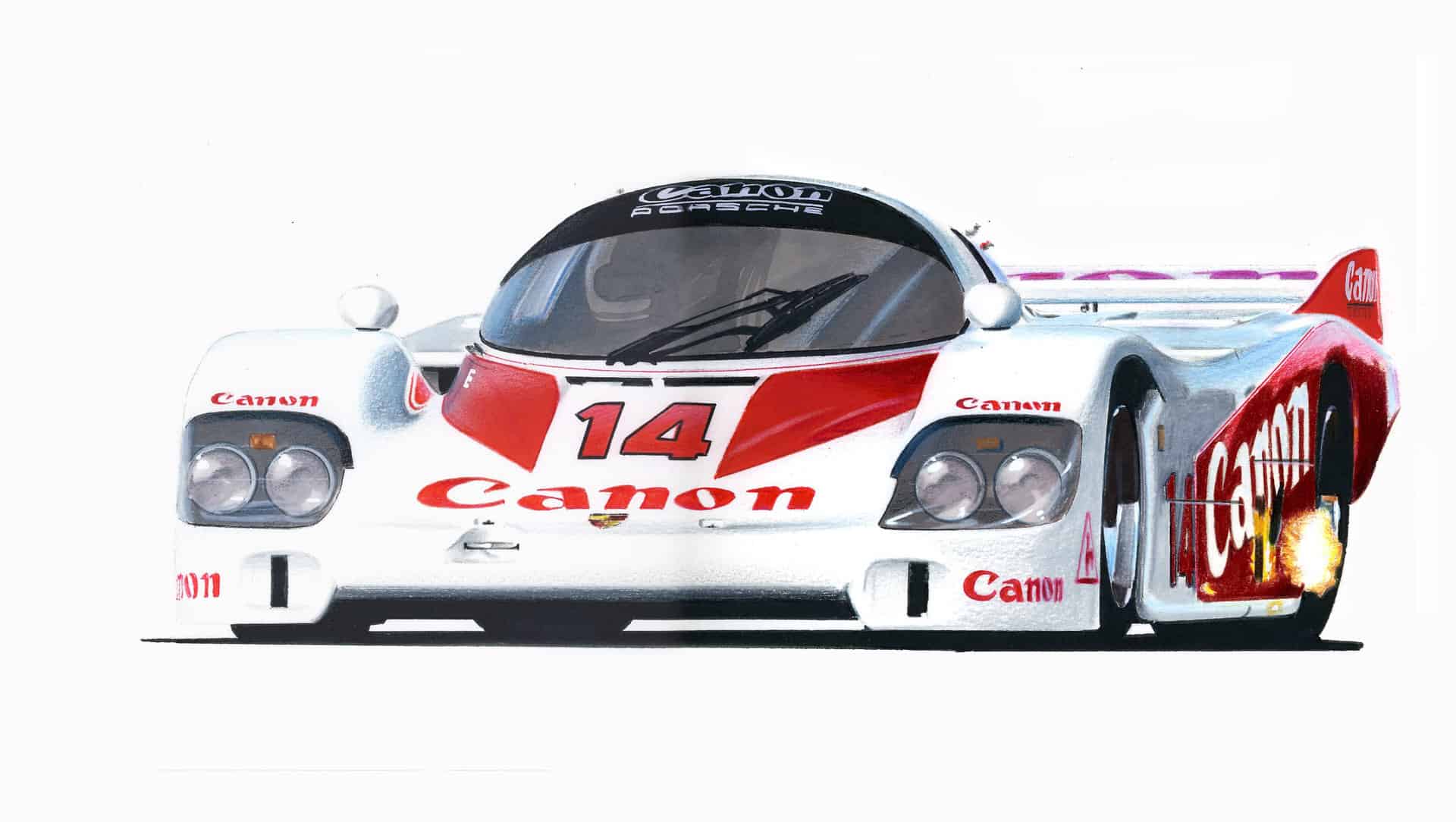


![alfa gtz perfectly imperfect webannerl[1]](https://automedia.revsinstitute.org/wp-content/uploads/2024/08/Alfa-GTZ-Perfectly-Imperfect-webannerl1-uai-1200x800.jpg)
